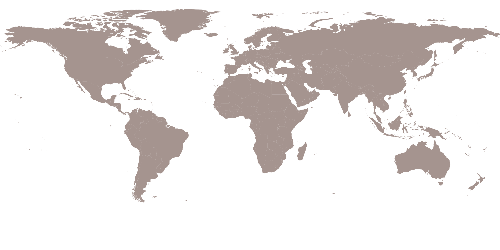Flooding and thirst: Addressing an urban hydrology crisis

Hydropuncture: La Quebradora Waterpark in Mexico City is about to open. Supplying enough clean drinking water on the one hand and mitigating urban flooding on the other is a problem that is as commonplace as it is paradoxical in Mexico City. A project to tackle both infrastructural and social challenges of urban water management is already a success story – because for a long time it seemed it would be stopped, mainly by bureaucratic hurdles.






























